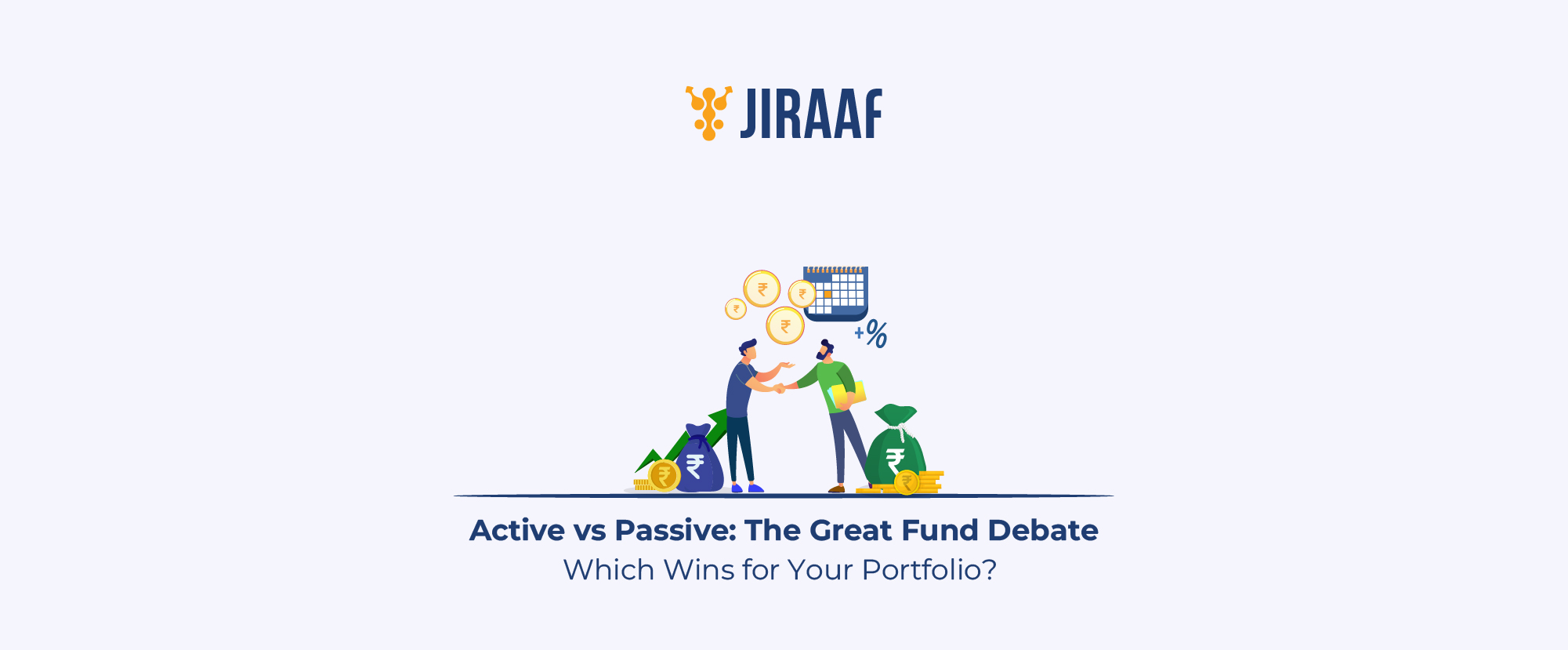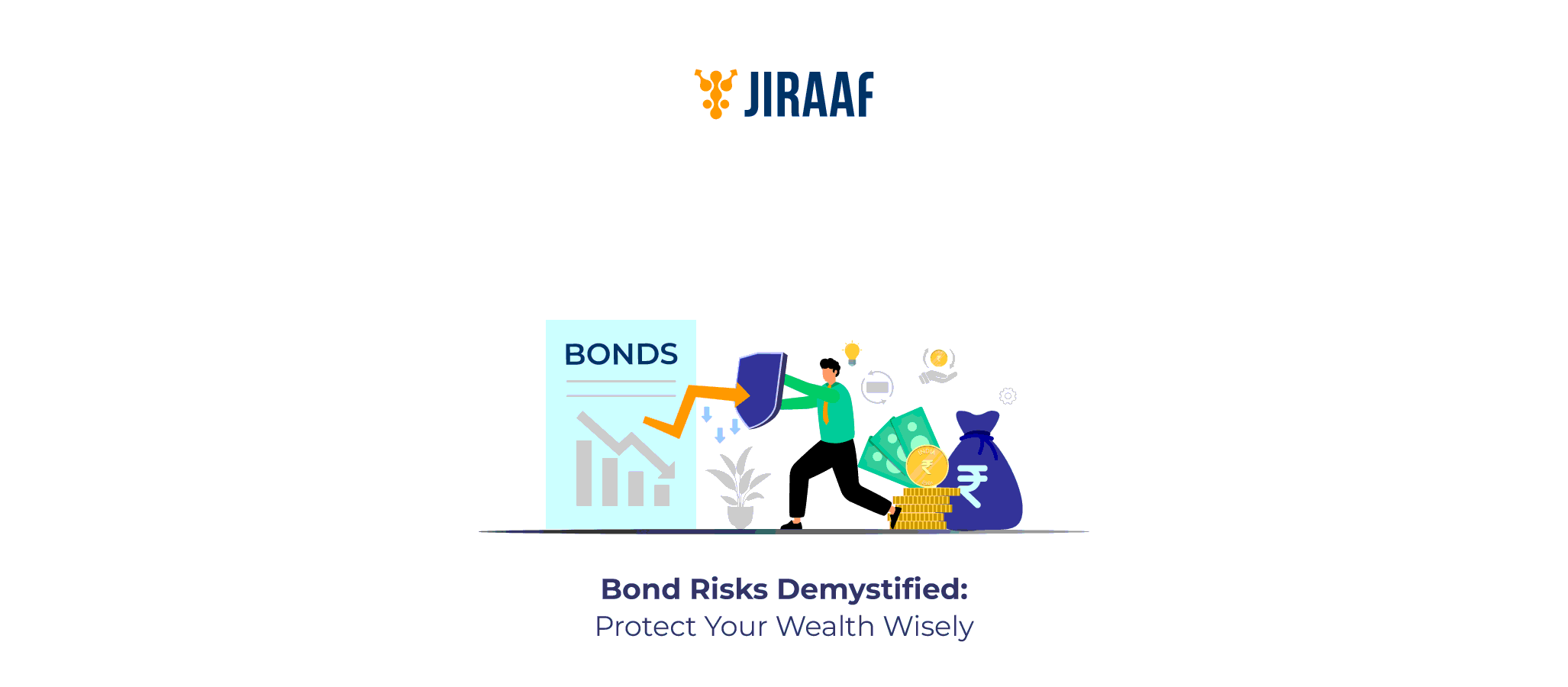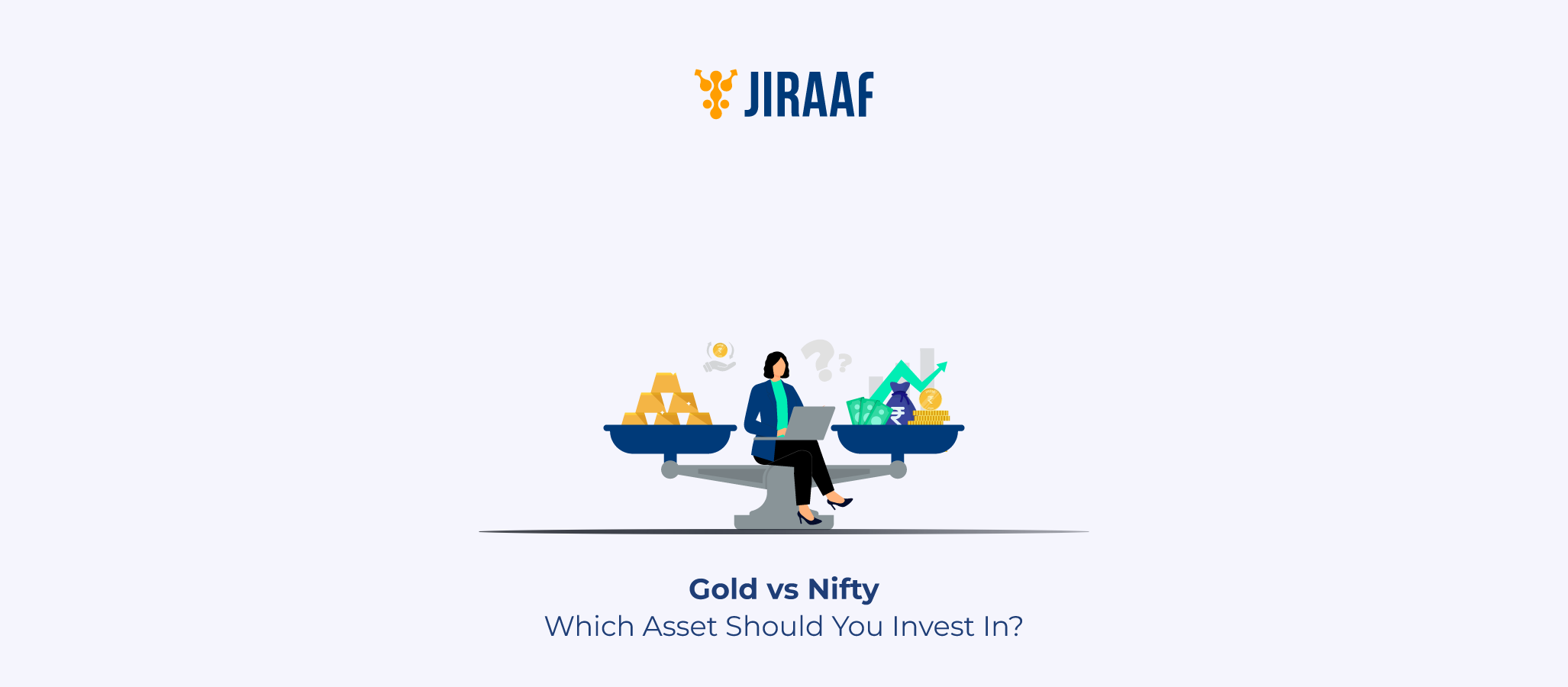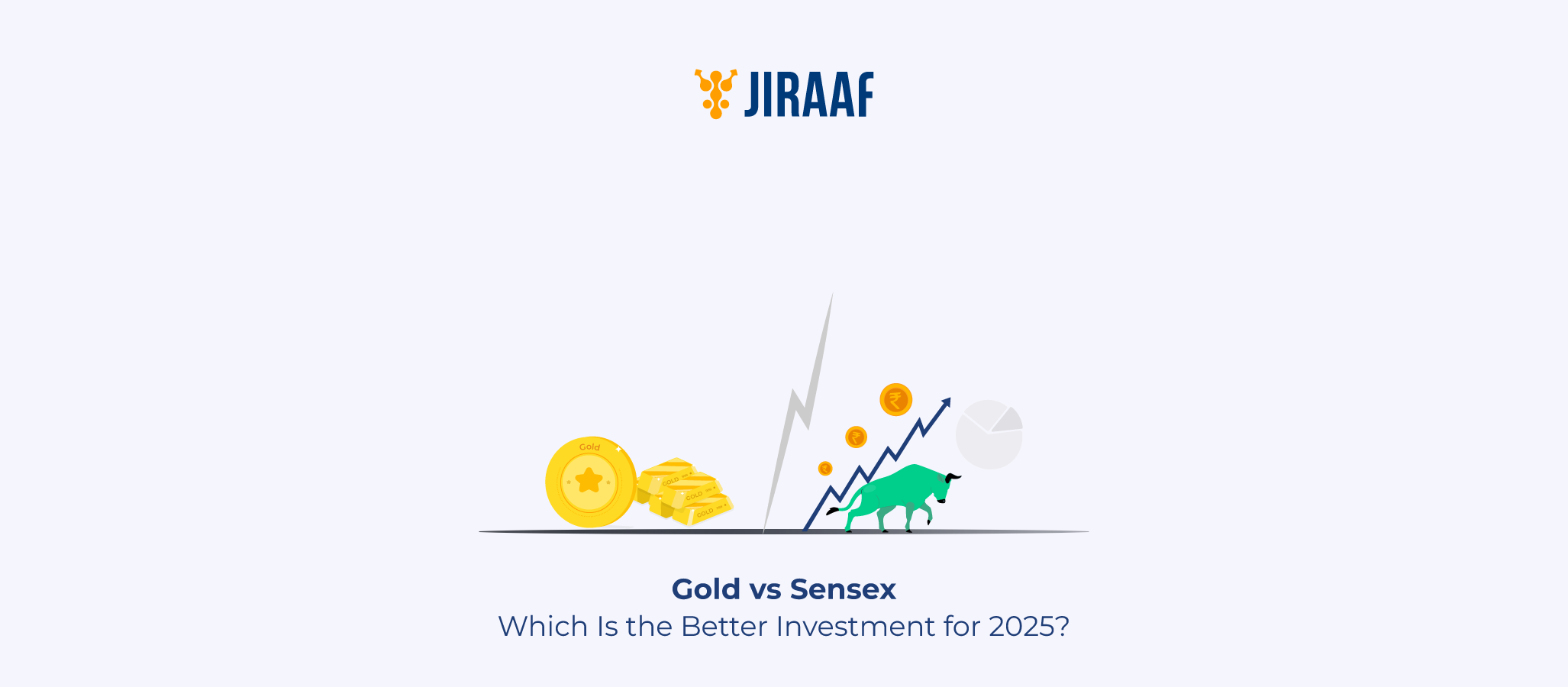Investing in mutual funds can feel overwhelming, especially when you’re deciding between active and passive mutual funds. Both types offer unique benefits, risks, and costs. By the end of this blog, you’ll feel authorized to choose which strategy aligns best with your overall financial goals.
What Are Active Mutual Funds?
Active mutual funds are overseen by professional fund managers who strive to beat a benchmark index by selecting individual stocks, bonds, or sectors. This active fund management approach involves in-depth research, market timing, and strategy shifts based on economic trends.
Benefits include:
- Potential for higher returns if the manager’s picks outperform the market.
- Flexibility to adapt—managers can reduce exposure to underperforming sectors or capitalize on short-term opportunities.
- Ideal for investors seeking alpha generation and who have confidence in the manager’s skill.
However, be aware of the drawbacks:
- Higher costs: Fees typically range from 0.5% to 2%, reflecting active trading and research.
- No guarantees: Even skilled managers may underperform. Over the past decade, only a minority have beaten their benchmarks.
- Manager dependency: Performance hinges on the fund manager’s decisions, and any changes in the roster can impact results.
What Are Passive Mutual Funds?
Passive mutual funds, including index funds, aim to replicate the return of a benchmark index like the , Nifty 50, or Sensex. They hold the same assets in the same proportions as the index, maintaining minimal trading.
Key advantages include:
- Lower expense ratios: Typically, between 0.05%–0.5%, due to minimal active management.
- Transparency and clarity—you always know what’s in the fund, based on the index’s composition.
- Tax efficiency: Less frequent trading leads to fewer taxable events.
- Broad diversification, spreading risk across numerous securities.
But note the limitations:
- No opportunity to outperform: You’ll only ever match index returns, minus fees.
- Limited flexibility: You’re locked into the index—it won’t adapt to changing market conditions.
- Tracking error: Small deviations from index performance due to fund costs or liquidity issues
Key Differences Between Active and Passive Mutual Funds
| Feature | Active Funds | Passive Funds |
| Management Style | The manager makes all stock/sector picks. | Tracks benchmark index. |
| Objective | Outperform the index. | Match the index. |
| Costs | Higher due to active management. | Lower, minimal trading costs. |
| Risk | Manager choices: more volatile. | Market risk only; less volatile. |
| Flexibility | Can shift strategy quickly. | Rigid follows the index structure. |
| Tax Efficiency | Less efficient—frequent trades. | More efficient—fewer taxable events. |
| Performance | Variable; depends on the manager. | Predictable index tracking. |
Cost Comparison: Expense Ratios in Active vs Passive Funds
Expense ratios are crucial since they have a direct impact on your profits. In India, active funds typically charge between 1% and 2.5%, whereas passive funds typically charge between 0.05% and 0.5%.
Even slight variations in fees might add up to a lot. For instance, popular index funds that track the Nifty 50 or Sensex have an expense ratio of 0.2% to 0.3%, while Indian active equities funds have an average fee ratio of about 1.5%. This discrepancy can significantly affect your final returns over a ten-year period.
Which Delivers Better Returns: Active or Passive Funds?
- Passive wins in efficient markets: Large-cap equities funds in India frequently find it difficult to outperform their benchmarks, such as the Sensex or Nifty 50, in the long run. Index funds and exchange-traded funds (ETFs) often provide superior risk-adjusted returns after accounting for expenses.
- Active shines in niche sectors: Because these sectors are less efficient and offer more room for stock-picking, fund managers that concentrate on mid-cap, small-cap, or thematic/sectoral funds (such as infrastructure, IT, or pharmaceutical) occasionally outperform.
- Mixed findings: Research indicates that although most active large-cap funds perform poorly, there is still potential for outperformance in specific categories, such as small-cap or sector-focused funds. Pros and Cons of Active Mutual Funds
Pros
- Opportunity for higher returns through skilled stock picking.
- Adaptive strategies: Managers can shift allocations to mitigate risk.
- Potential for tax-efficient trading, if managers harness strategies thoughtfully.
Cons
- High fees eat into gains.
- Performance variability: Managers may underperform, even miss benchmarks.
- Manager risk: Turnover or poor decision-making can derail returns.
Pros and Cons of Passive Mutual Funds
Pros
- Low costs help compound returns over decades.
- Transparency and simplicity—a clear, rules-based portfolio.
- Tax efficiency due to minimal turnover.
Cons
- No outperformance; you accept returns limited to the benchmark minus fees.
- Limited flexibility, including exposure to market downturns.
- Tracking error risks causing slight underperformance.
When Should You Choose Active Over Passive (and vice versa)?
Consider your goals and circumstances while deciding which works better for you.
- Time horizon: Passive funds suit long-term, buy-and-hold investors. Active funds appeal if you’re targeting short- to mid-term gains or having a tactical market view.
- Risk appetite: If you’re comfortable with volatility and believe in manager skill, an active approach may be fitting. Otherwise, passive funds offer stable, market-matched exposure.
- Market inefficiency: In less efficient markets—like small caps, emerging economies, or certain bond segments—active management may deliver added value.
- Cost sensitivity: If fees matter to you, passive funds generally carry far lower expense ratios.
- Diversification strategy: Many investors take a blended approach—core passive index exposure, plus satellite active managers in select areas.
Conclusion
The decision between active and passive mutual funds is not only about style; it is also about investment goals. Passive funds are good for long-term gains, low fees, and simplicity. Active funds provide potential outperformance, strategy flexibility, and sector specialization at a higher cost and risk. Investors often choose a balanced approach, combining passive and active strategies such as small-cap, emerging-market, or specialized bond funds. Understanding the differences, cost dynamics, and market situations enables you to select the mutual fund strategy that best fits your financial goals.









